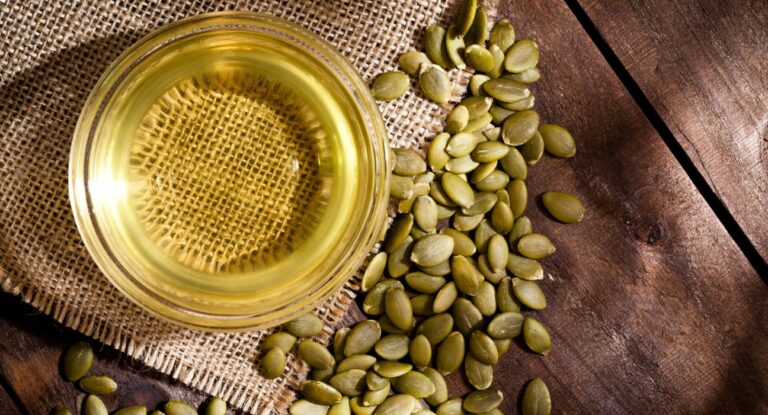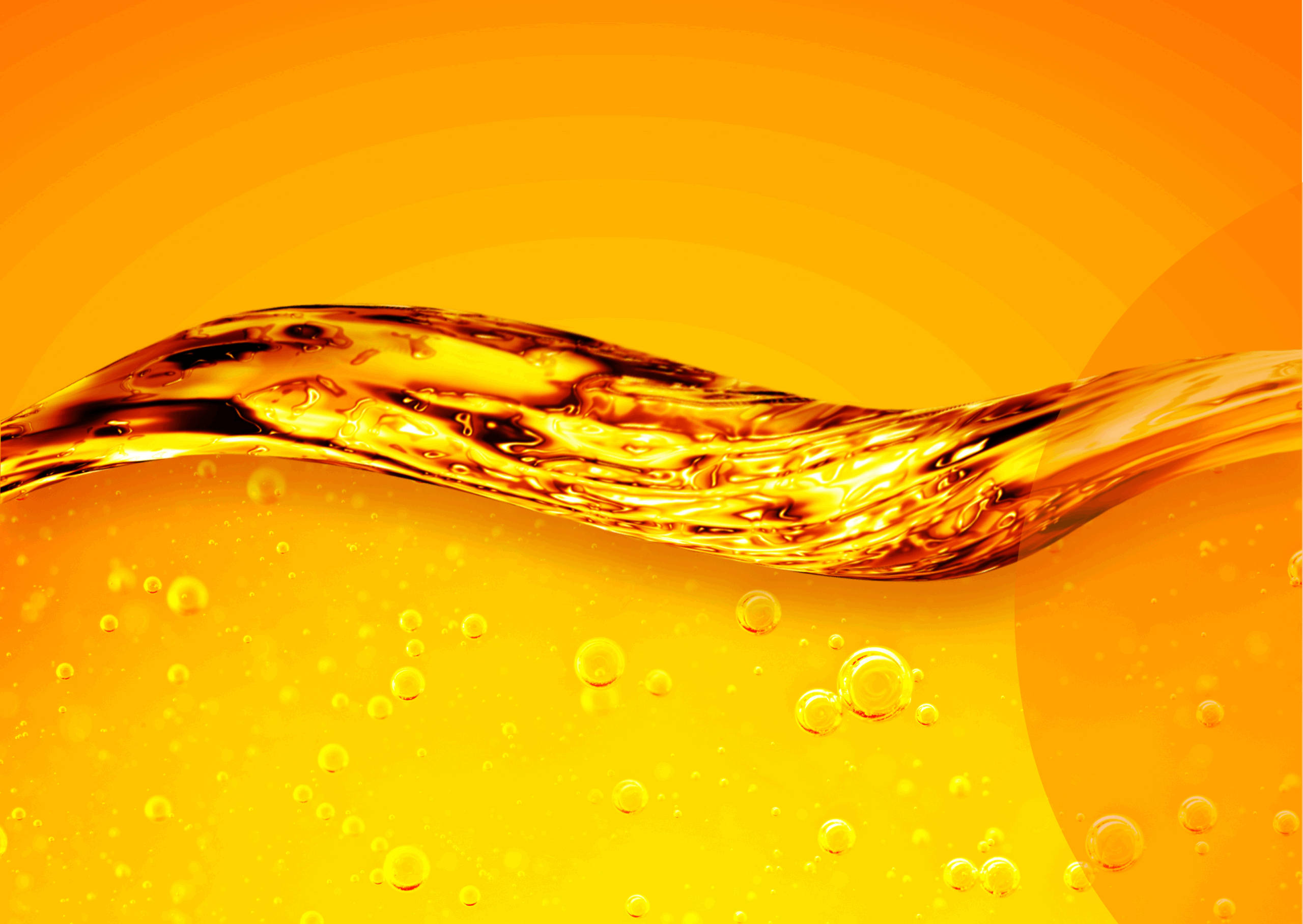What are MOSH and MOAH?
MOSH (Mineral Oil Saturated Hydrocarbons) and MOAH (Mineral Oil Aromatic Hydrocarbons) are petroleum-based compounds that can unintentionally end up in edible oils and fats. They’re not added on purpose, but can sneak in through various stages of production, transport, or storage.
- MOSH are long, waxy chains of saturated hydrocarbons that tend to accumulate in human tissue.
- MOAH have aromatic rings, little chemical loops that make them more reactive and potentially carcinogenic.
MOAH is not a single substance, it’s a complex family of thousands of compounds. Some are small and volatile, while others have long chains and are chemically stable. These long-chain types are especially concerning, because they can remain in the oil even after high-temperature refining.

Are MOSH and MOAH always from mineral oil?
Not necessarily. Despite the name “Mineral Oil Hydrocarbons” these structures may not always originate from mineral oil.
Mineral sources include lubricants, paraffin wax, or hydraulic oils. These are the typical industrial contaminants.
Non-mineral sources can include naturally occurring hydrocarbons in plant oils, environmental smoke, or even recycled packaging materials.
Some cold-pressed vegetable oils naturally contain compounds that mimic MOSH in lab analysis. That’s why accurate interpretation and insight into the product’s origin are key to understanding any positive result.
Why does it matter?
Authorities such as EFSA or NVWA are all keeping a close eye on MOAH contamination in food. In fact, the NVWA has made MOAH a specific focus, implementing a temporary enforcement policy that includes limits for MOAH in food products, including oils and fats, and conducting regular inspections to ensure compliance.
Even without harmonized EU limits yet in place, market pressure is already high, especially from organic and infant grade food customers.
Why are oils and fats so vulnerable?
Because MOSH and MOAH love lipids. They dissolve easily in fat-rich substances and are absorbed like sponges.
It is very important to keep in mind that even high-temperature refining (like physical refining at 240°C) may not remove all MOAH especially the longer-chain types. They’re chemically stable and resistant to breakdown.
A question we hear quite often when it comes to mineral oil contamination is: how can oil get contaminated if it’s produced in a closed system?
While oil production typically occurs in closed setups, they are not airtight fortresses, and contamination can still occur through for instance:
- Worn seals, old gaskets, or leaky valves
- Improper maintenance or non-food-grade lubricants
- Shared pipes or poorly cleaned equipment
- Sampling or product transfers that briefly expose the oil to air or surfaces
Even a trace amount of non-food-grade grease on a valve can lead to detectable levels of MOAH in oil!
What do we do at Cefetra Premium Oils
As a company working with plant-based oils, we are at the heart of the supply chain and we use that position to help drive meaningful improvements. Therefore we work closely with our approved manufacturers to assess contamination risks and find ways to reduce them.
Open dialogue is key so we actively engage with our co-producers, discuss possibilities for safer practices and support continuous improvement wherever it’s possible.
Our approach includes:
- Thorough supplier and co-producer evaluation, including process hygiene and lubricant use
- Risk-based testing through accredited labs
- Product specifications with clear MOSH/MOAH expectations
- Traceability and documentation checks across packaging, transport and production
We see that more and more manufacturers are switching to MOSH/MOAH-free lubricants, even though they are more expensive. These specially prepared, food-grade greases can significantly reduce contamination risk, especially where full system separation cannot be guaranteed.

What can you do?
No matter your role, here’s how you can help reducing the risk:
- Be cautious of offers that seem “too good to be true”, they often are
- Be curious and ask questions about the process and the food-grade status of used processing aids.
- Be aware and report anything suspicious, even small observations matter.
- Be confident and ask suppliers for a declaration of food-grade lubricants or a statement on MOAH compliance.
MOSH and MOAH are a real, growing concern in our industry. They don’t belong in food, and we all have a role in keeping them out.
Through collaboration, education and action, we can continue to protect the safety and integrity of every drop of oil we trade.
Because in this case, what you don’t see, definitely matters!

